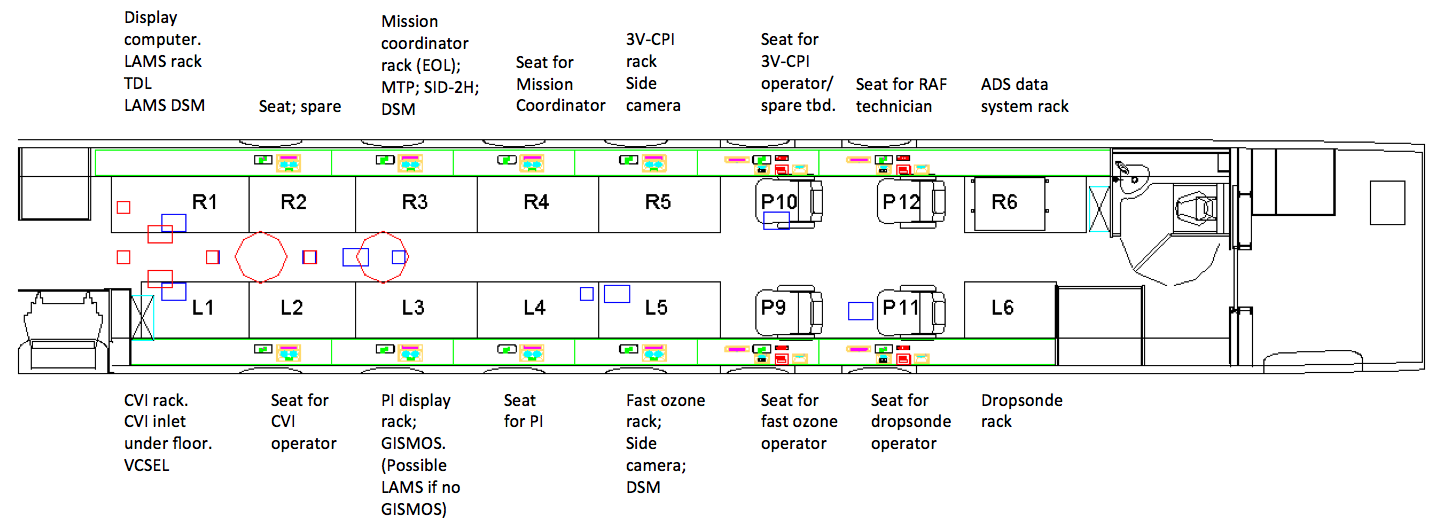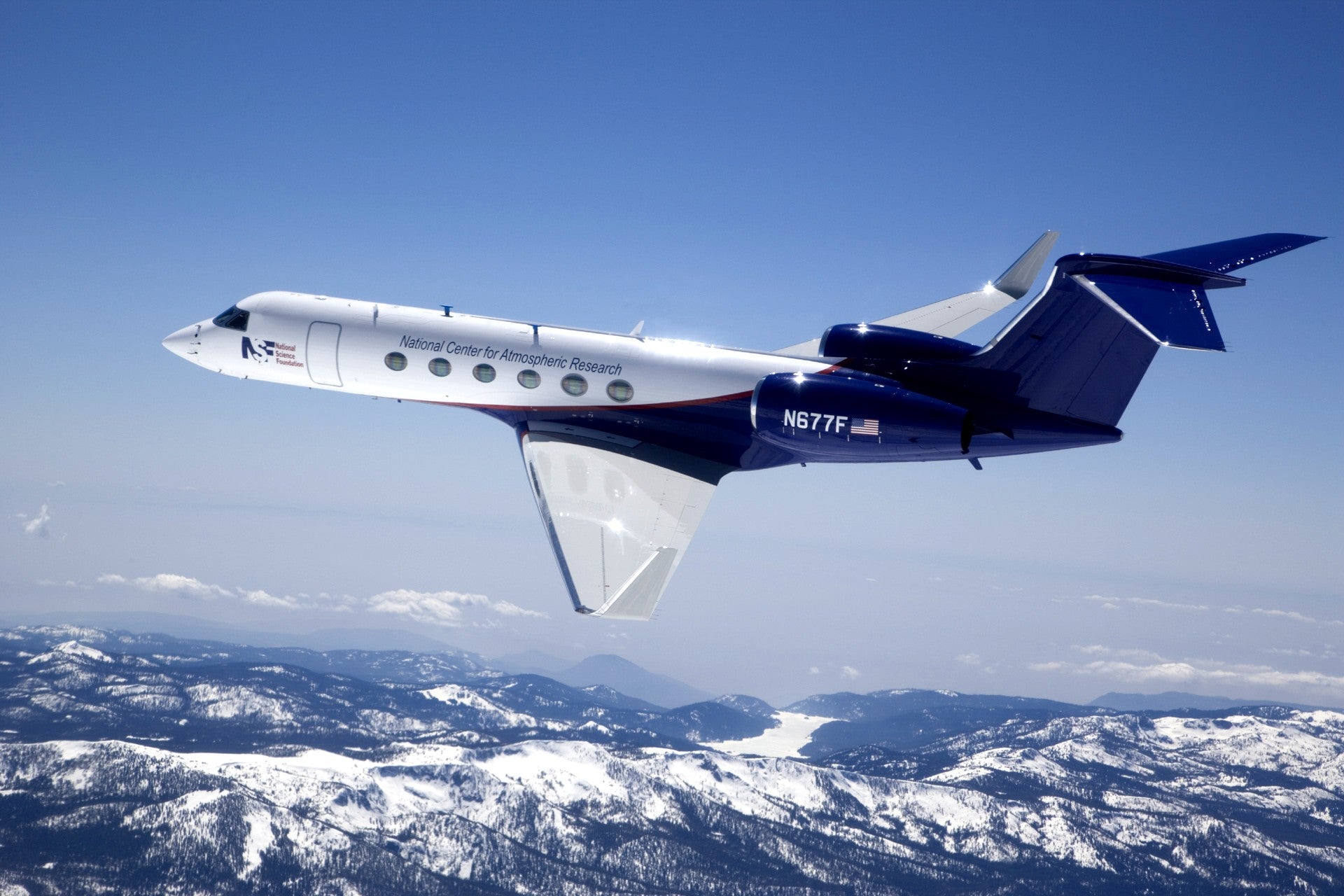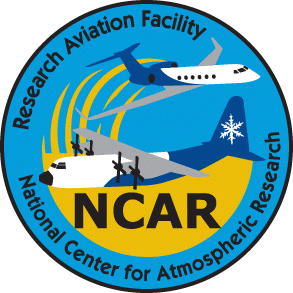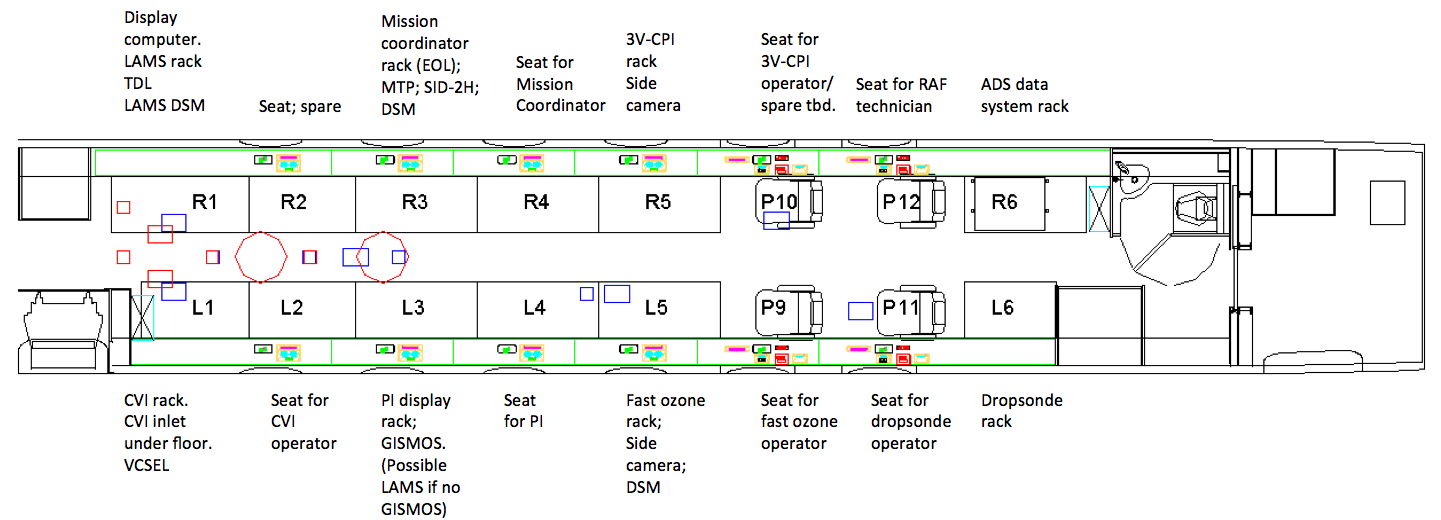NSF/NCAR Gulfstream V
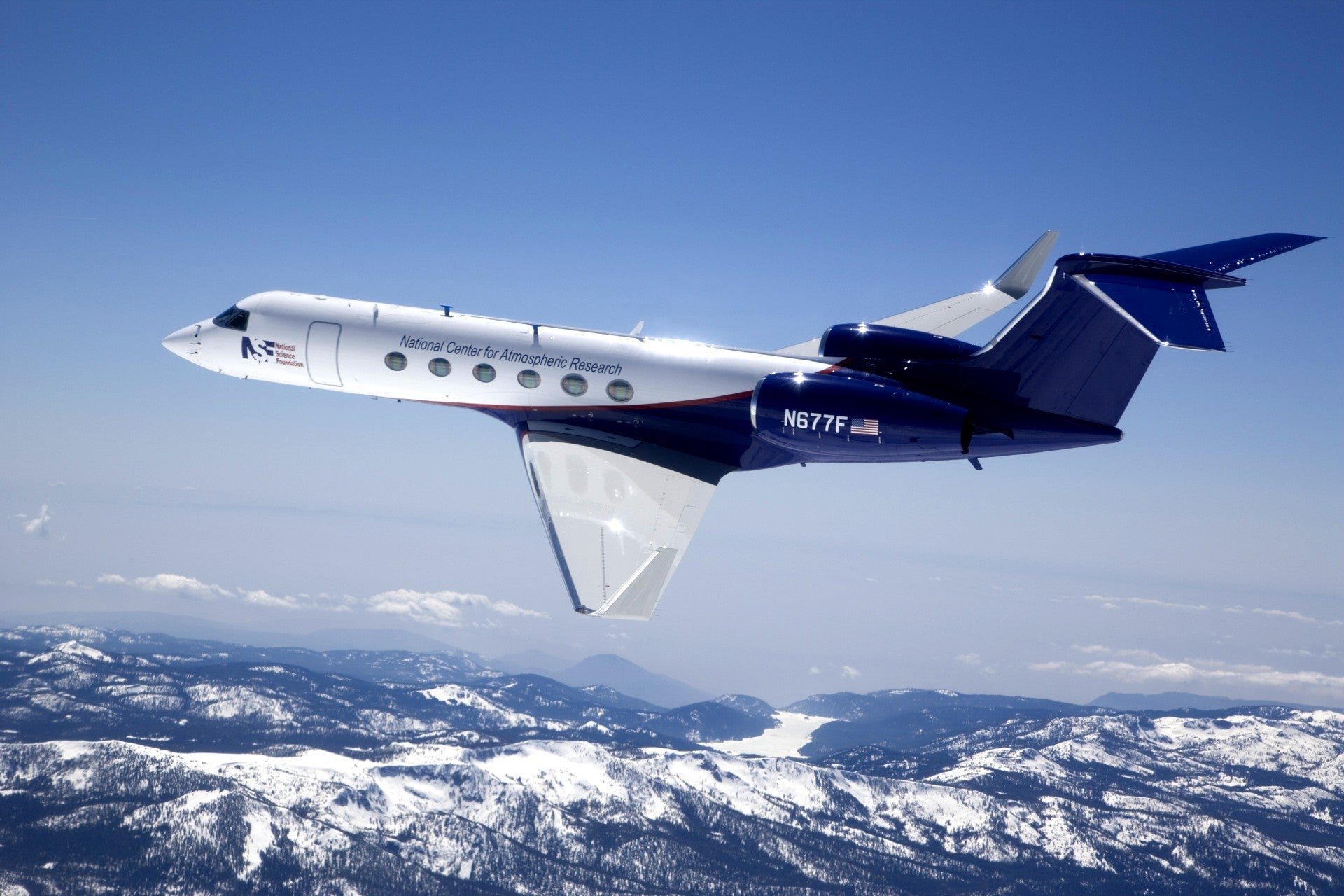
The NSF/NCAR Gulfstream V (GV) aircraft is a cutting-edge observational platform that will meet the scientific needs of researchers who study many different areas: Chemistry and Climate, Chemical Cycles, Studies of the Upper Troposphere/Lower Stratosphere, Air Quality, and Mesoscale Weather.
The GV has unique capabilities that set it apart from other research aircraft. It can reach 51,000 feet (15,500 meters), enabling scientists to collect data at the tops of storms and the lower edge of the stratosphere. With a range of about 7,000 miles (11,265 kilometers), it can track atmospheric particles across the oceans or reach the South Pole from bases in South America or New Zealand.
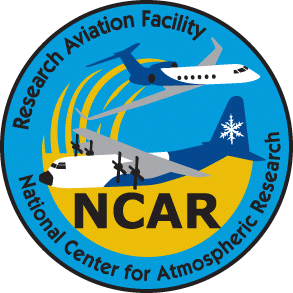 Such attributes, plus the ability to carry 5,600 pounds (2,540 kilograms) of state-of-the-art sensors, mean the NSF/NCAR GV will be on the forefront of scientific discovery. Scientists will be able to probe the upper edges of hurricanes and thunderstorms in unprecedented detail, determining the dynamics that drive these powerful storms. The aircraft enables researchers to study pivotal chemical processes high above Earth that affect global temperatures. HIAPER can also provide satellite mapping information and will play an important role in recalibrating satellite instruments.
Such attributes, plus the ability to carry 5,600 pounds (2,540 kilograms) of state-of-the-art sensors, mean the NSF/NCAR GV will be on the forefront of scientific discovery. Scientists will be able to probe the upper edges of hurricanes and thunderstorms in unprecedented detail, determining the dynamics that drive these powerful storms. The aircraft enables researchers to study pivotal chemical processes high above Earth that affect global temperatures. HIAPER can also provide satellite mapping information and will play an important role in recalibrating satellite instruments.
PREDICT NSF/NCAR GV Cabin Layout :: Updated August 4, 2010
|
|
Data Set Documentation Guidelines
Data Submission Instructions
PREDICT HIAPER Documentation Summary
St Croix January Site Survey Report
Scientific Program Overview
Experimental Design Overview
Pre-Field Documentation
PREDICT Computer Data & Software Facility Staff
PREDICT Field Project Services Staff
PREDICT In-Situ Sensing Facility Staff
PREDICT Principal Investigators
Marsupial Tracking
IFEX-2010 Web Site at NOAA/AOML
IFEX proposed flight patterns
Caribbean Forecast Forum 2010
2010 National Hurricane Operations Plan
